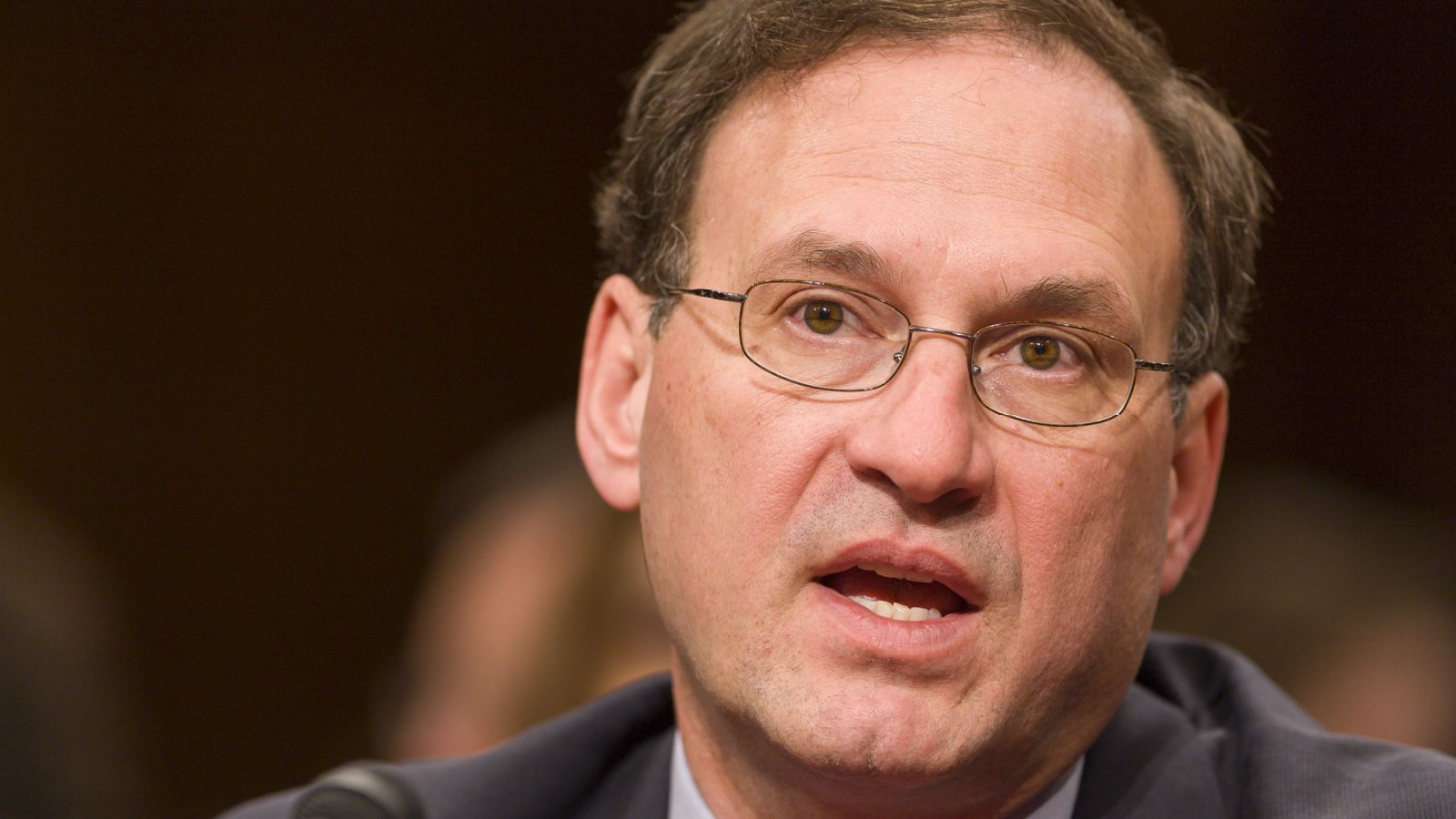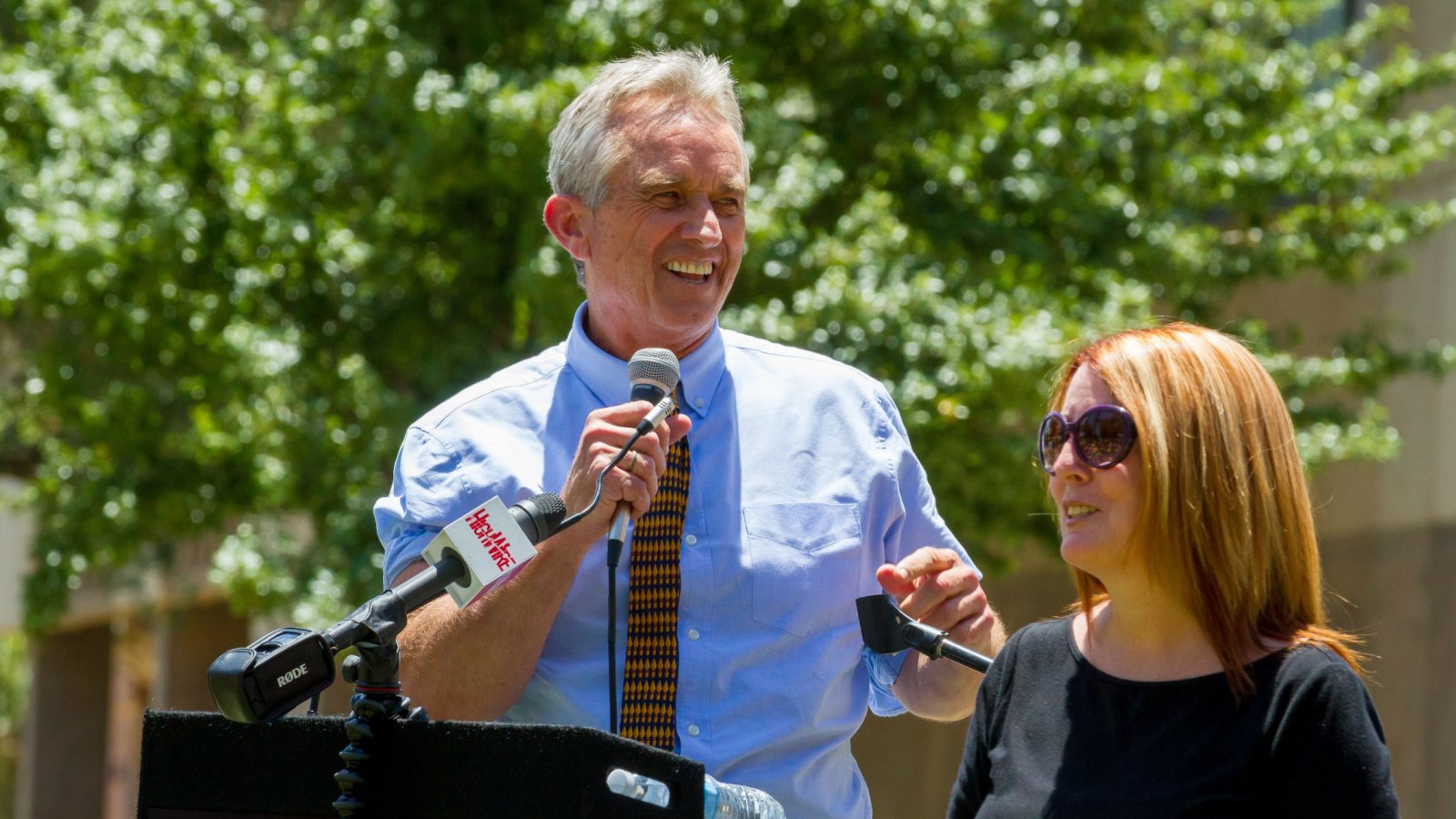On Tuesday, a cargo ship without power collided with a crucial bridge in Baltimore, leading to the bridge’s dramatic failure and subsequent collapse into the river below. This incident sent a construction team and numerous vehicles plunging into the icy waters below, marking a dark day in the city’s history.
Emergency Response and Rescues
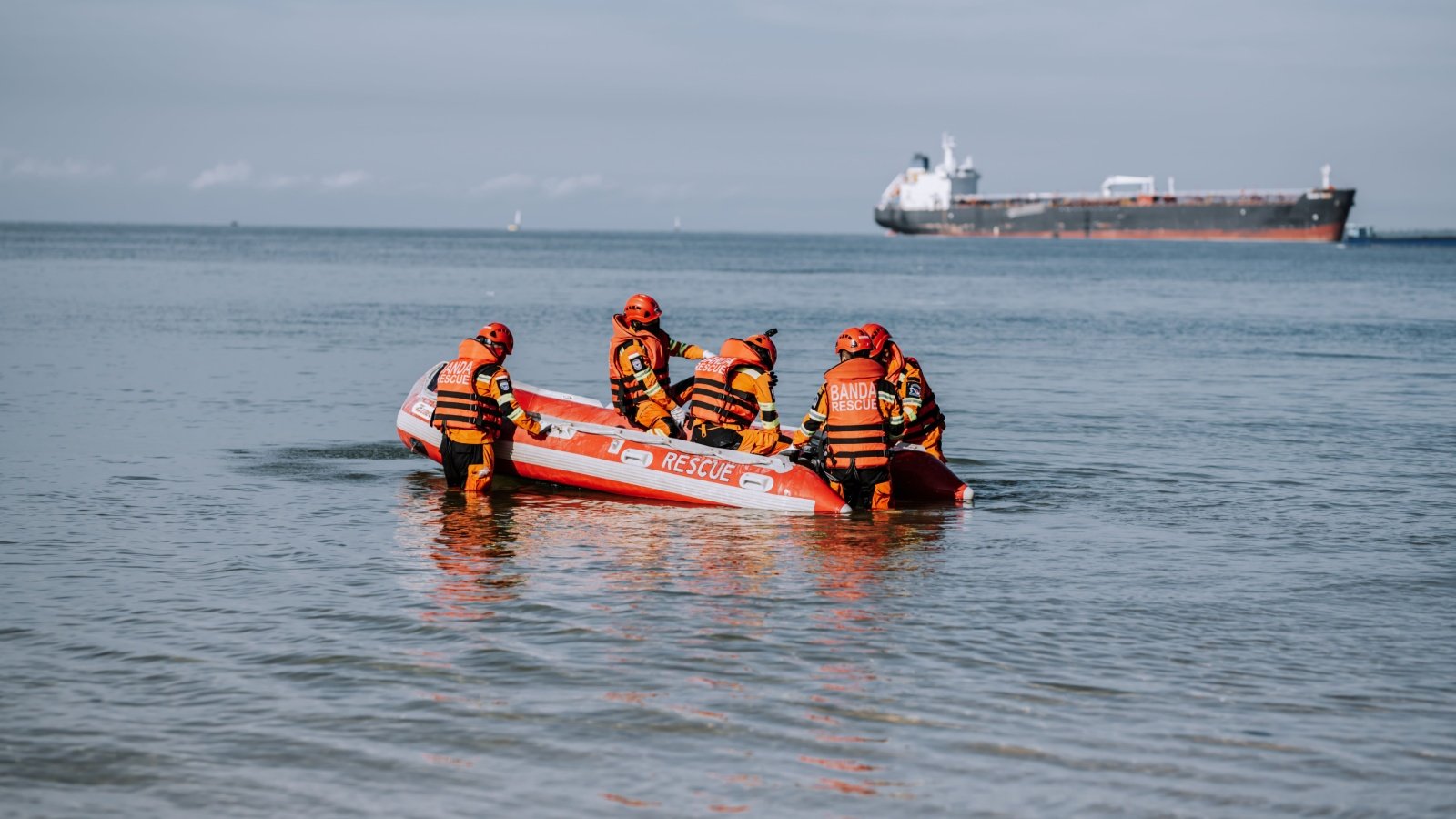
Emergency services swung into action immediately following the disaster, managing to rescue two individuals from the chilling grasp of the river. However, the situation grew more grim as six individuals were reported missing, feared to have been swept away or trapped by the debris.
Prior Warning and Reduced Traffic
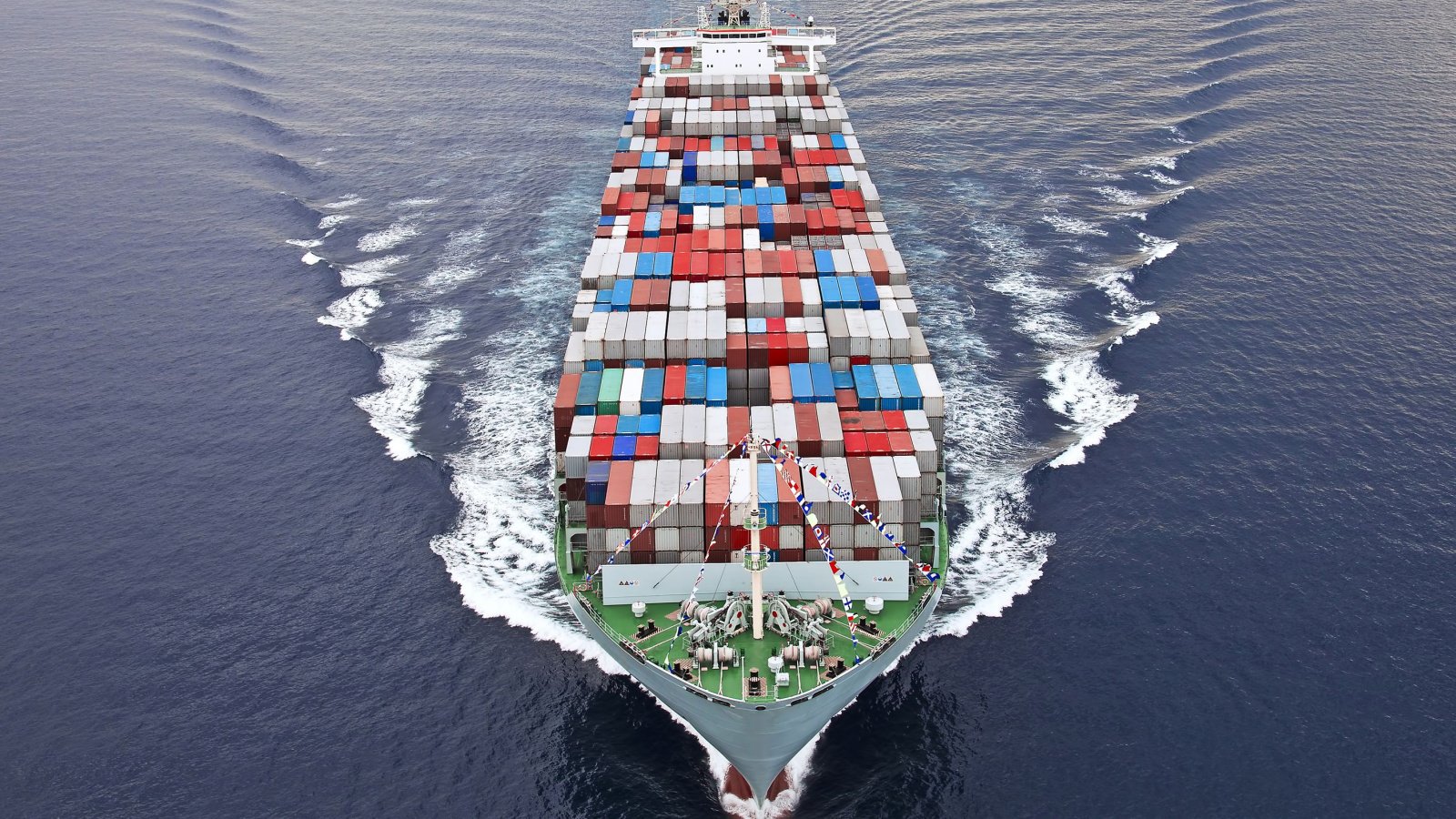
Moments before the disaster, the cargo ship issued a distress call, alerting authorities to its impending collision with the Francis Scott Key Bridge. This early warning allowed for a reduction in traffic over the bridge, a move that Maryland’s Governor credited with potentially saving lives.
The Moment of Impact

The collision was not just a minor incident but a significant impact that struck one of the bridge’s main supports. This led to a rapid and devastating collapse, similar to scenes from a disaster movie. The incident, captured on video, showed the bridge crumbling into the river as the ship caught fire, emitting a massive cloud of black smoke.
Swift Actions to Avert Further Disaster
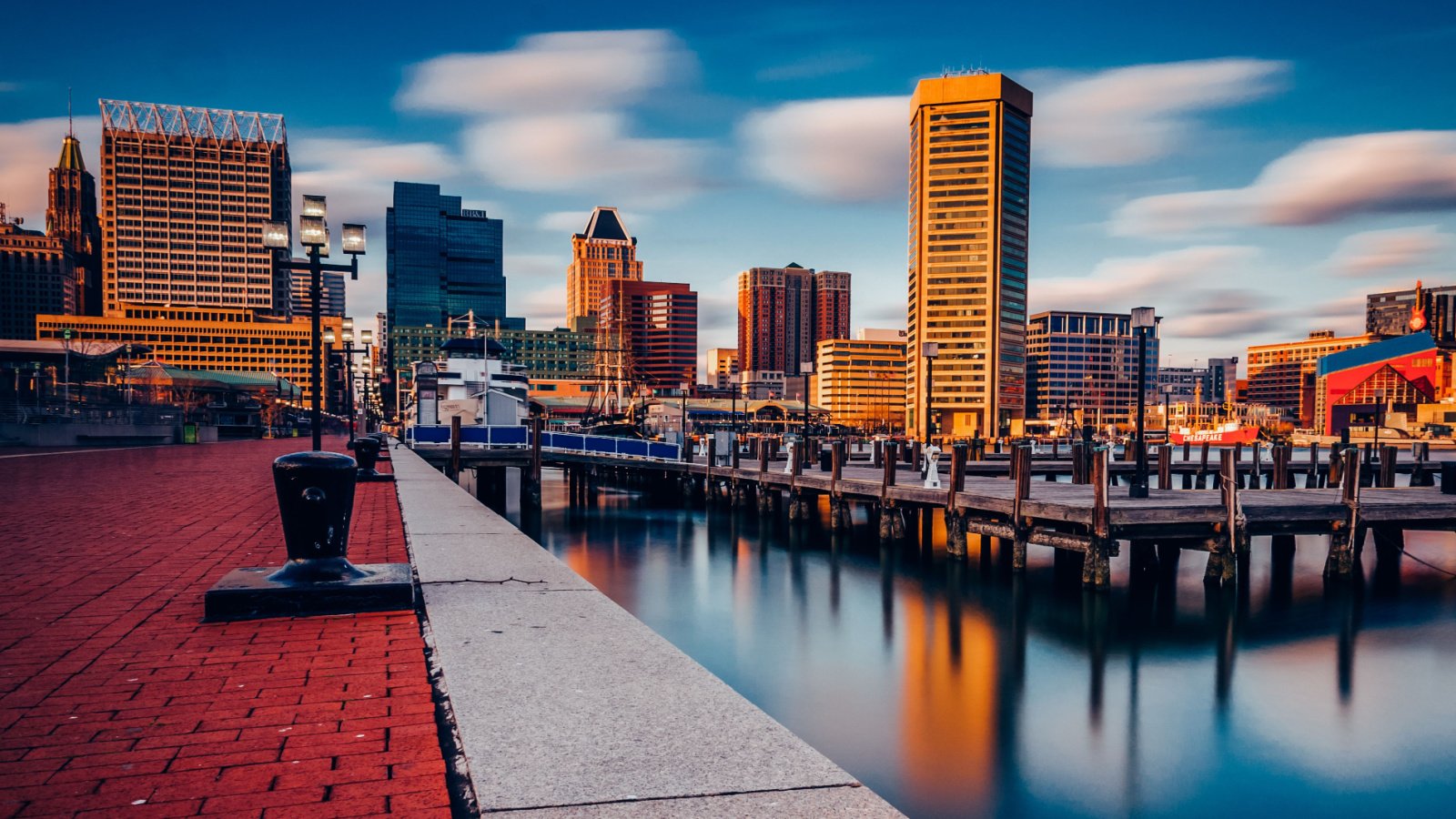
The Maryland Governor highlighted the swift actions taken by authorities to halt traffic from crossing the bridge as the ship sped towards it. This quick thinking and rapid response were hailed as heroic, preventing what could have been an even greater loss of life.
The Aftermath in the Early Hours

The disaster occurred outside of peak traffic hours, which likely prevented further casualties. The missing individuals were part of a construction crew working on the bridge, highlighting the unpredictable dangers that can arise in such environments.
Baltimore Mayor’s Reaction

The Mayor of Baltimore was among the many who were shocked by the sight of the once-sturdy bridge now lying in ruins. The collapse was described as something out of an action movie, an unbelievable tragedy that has shaken the community to its core.
Economic and Logistical Impact

The bridge’s collapse is not just a local tragedy but a significant blow to the East Coast’s logistics and transportation network. The disruption to both ship and road traffic is expected to have far-reaching effects, complicating the movement of goods and people in the region.
The Vessel and Its Crew

Managed by Synergy Marine Group, the vessel involved in the collision was under the guidance of local navigational experts. Despite the severe outcome of the incident, all crew members and pilots were accounted for and reported no injuries, a small consolation in the face of such a disaster.
Historical Context and Safety Concerns

This incident adds to the list of major bridge collapses caused by vessel impacts, raising questions about the safety measures and protocols in place for such critical infrastructure. It underscores the importance of constant vigilance and preparedness in preventing similar tragedies.
Response and Recovery Efforts
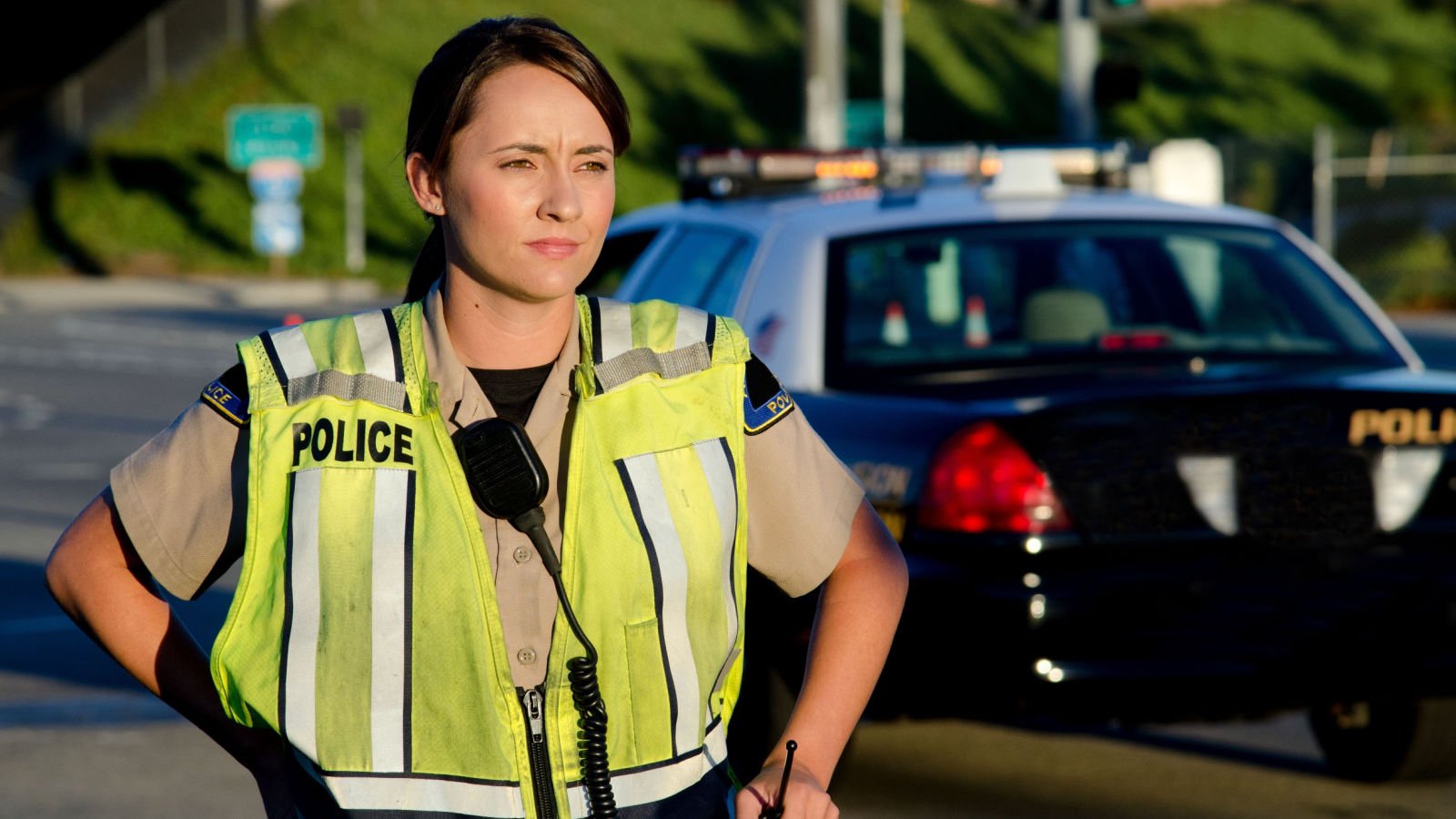
In the wake of the collapse, recovery efforts have been mobilized, with state and federal agencies working together to address the immediate aftermath and begin the process of rebuilding and restoring the vital transportation link.
The Role of the Bridge
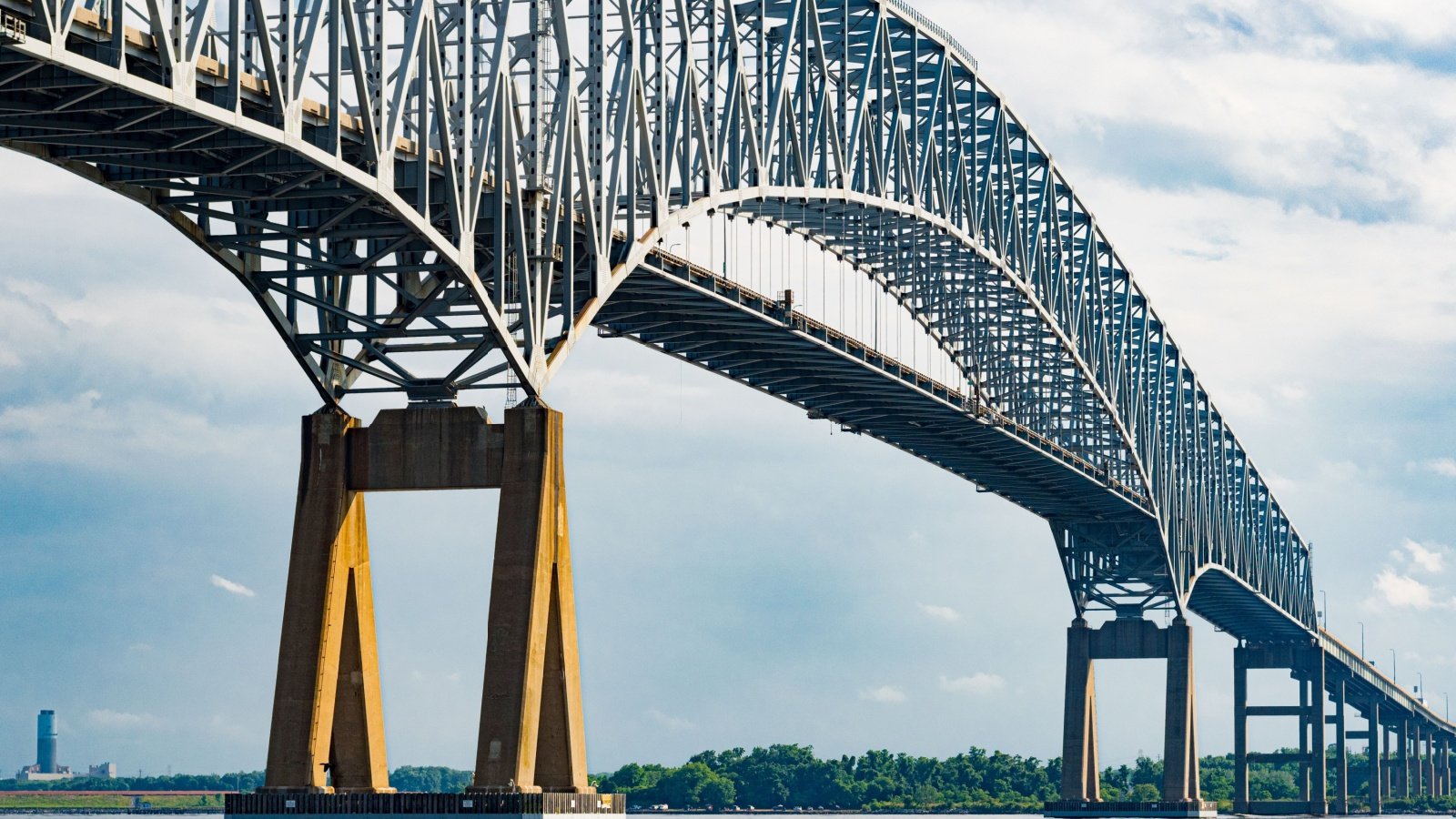
The Francis Scott Key Bridge has long been a critical artery for Baltimore and the wider region, facilitating the flow of goods and people. Its loss is felt not just in terms of physical connectivity but also in the economic ripple effects that will follow.
The Ship’s Journey and Impact

The cargo ship, moving at a considerable speed when it struck the bridge, highlights the dangers posed by maritime navigation in close proximity to crucial infrastructure. The specifics of the ship’s journey and the circumstances that led to the loss of power will be key focuses of the investigation into the disaster.
Looking Forward
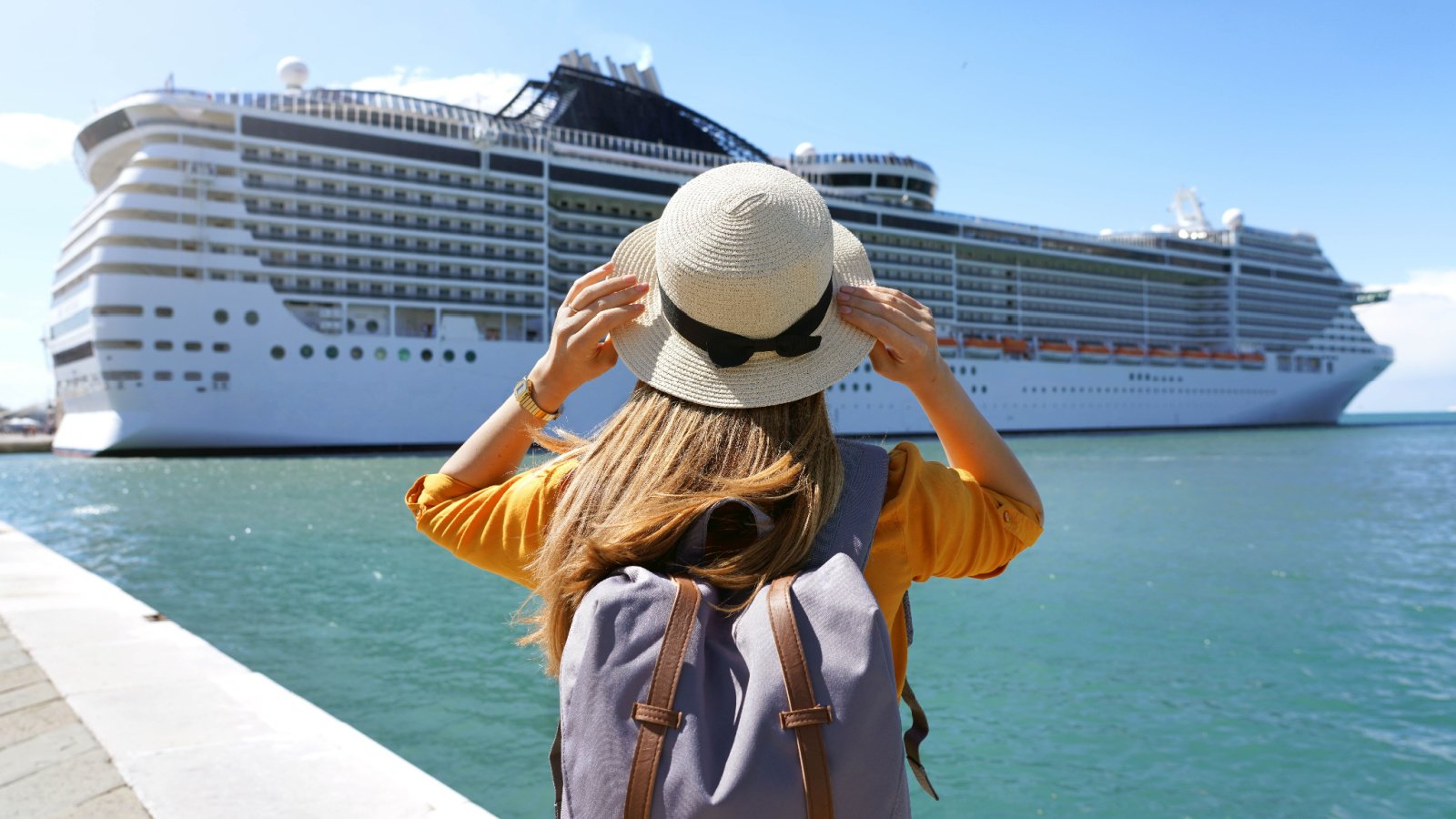
As Baltimore and the East Coast grapple with the immediate consequences of the bridge collapse, attention is turning to the future. How to rebuild not just the physical structure but also the trust in the safety of such vital transportation networks will be the challenge ahead for authorities and the community alike.




